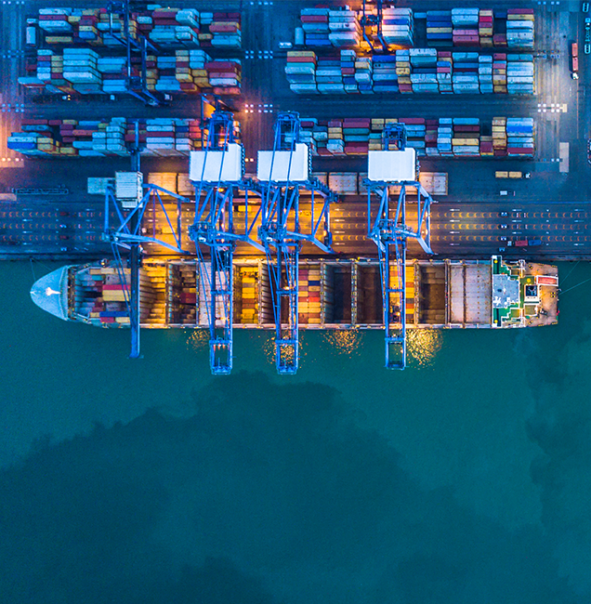Taking a closer look at the perpetrators, avenues, and amounts of tax evasion in the EU
All taxpayers are required to declare their income on tax returns. Additionally, domestic sources of income are often known to the tax authorities due to national reporting obligations. However, foreign income sources are less well-known, making authorities dependent on cross-border information exchange which have been formalized in agreements such as DAC2 for EU Members and the CRS for information exchange with third countries. Previous research as uncovered that particularly individuals in international financial centres (IFCs) are likely to hide their wealth.
Building on these insights, this study wished to further the research on the perpetrators of tax evasion and the type of wealth being hidden, the avenues taken in order to hide wealth and the amount of wealth hidden by individuals of Member States in offshore financial centres. Additionally, the study sought out to evaluate the impact of the Common Reporting Standard (CRS) and Directive 2014/107/EU (DAC2) on the amount of wealth held by EU residents in offshore financial centres. The research covers the 27 EU Member states and is based on desk research, stakeholder interviews with national authorities, academic experts, civil society actors, and a series of country-case studies. The methodology used for calculating offshore wealth was based on the “Estimating International Tax Evasion by Individuals” study previously released by the European Commission.
The research team discovered that especially the wealthy have the means to access IFCs in order to conceal financial assets and the related income for tax evasion purposes. Ultra-High Net Worth Individuals (UHNWI) most commonly found in Germany, France, Italy and Spain, were found to be particularly likely to use IFCs. Other groups included, middle- and upper-class citizens increasingly using cross-border tax evasion schemes, criminals and other individuals with illegally earned income, as well as high-profile individuals.
Financial assets, especially real estate, is hereby commonly used as a vehicle to conceal wealth. The study furthermore confirms that loans and equity through interposed companies are used to hide wealth and income from illicit purposes. Based on the data, the researchers conclude that the average yearly revenue lost to international tax evasion for the EU 27 over the period of 2004-2018 lies roughly at around 51 billion Euros. Lastly, the study notes that from a qualitative perspective, DAC2/CRS are regarded as contributing to the reduction of wealth hidden by individuals offshore due the additional information provided to national tax agencies, as well as the additional obstacles created in order to hide wealth.
For more information, please read the full report (pdf), or contact our consultant Mike Beke.

29 December 2021
2 minute read
Services
Key Experts
Mike Beke
Principal Consultant



